
Love Of Crab
Love Of Crab
For The Love Of Crab
No one can accuse the Japanese of doing thing halfway.
When they engage, they really engage.
And their willingness to on occasion pay exorbitant amount of money for what one would think is ordinary seafood, is, well, alive and well.
You would think that paying ¥5 million for a ONE itsukiboshi (five shinning stars) crab is absolutely absurd.
Think again!
That is exactly what happened just the other day here in the Land Of The Rising Son, in Tottori prefecture to be exact.
An itsukiboshi caught in Tottori Prefecture attracted the highest-ever bid for a crab at auction of 5 million yen.

A local Tottori crab seller, Kanemasa Hamashita Shoten was the successful bider at ¥5 million.
Last year this company also bought the prized itsukiboshi crab for a mere ¥2 million, and has now smashed its own Guinness book of World Records for the highest price ever paid for a crab.
Not surprisingly, this poor fella is heading off to a restaurant in the Ginza district, where it will be a novelty for some well heeled patrons and staff and indeed, the jubilant owner of the restaurant.
Let’s see if in a year, at the first crab auction in Tottori what the surreal story will be when it’s time to bid once again on the king of crabs: itsukiboshi.
You can see the video of the happy winner of this incredible auction here.

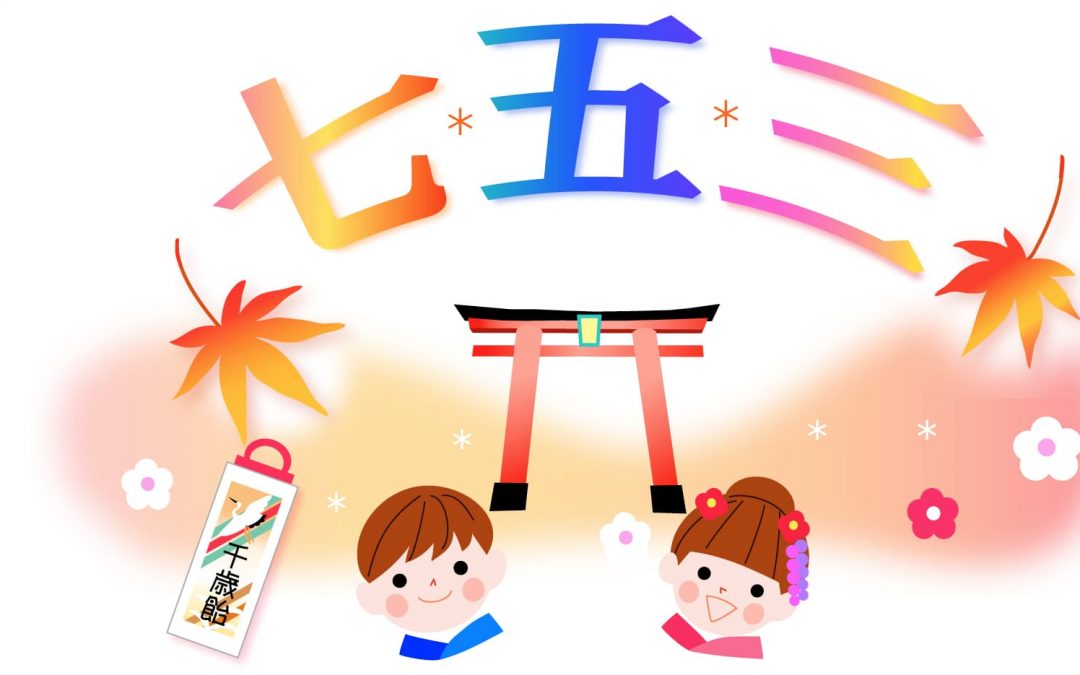

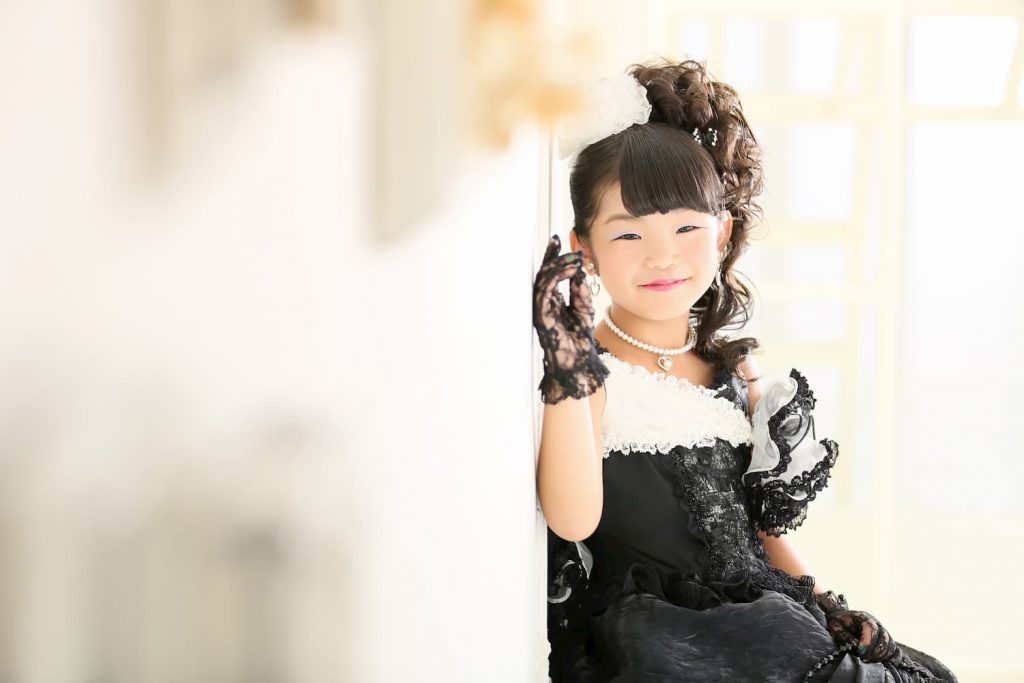




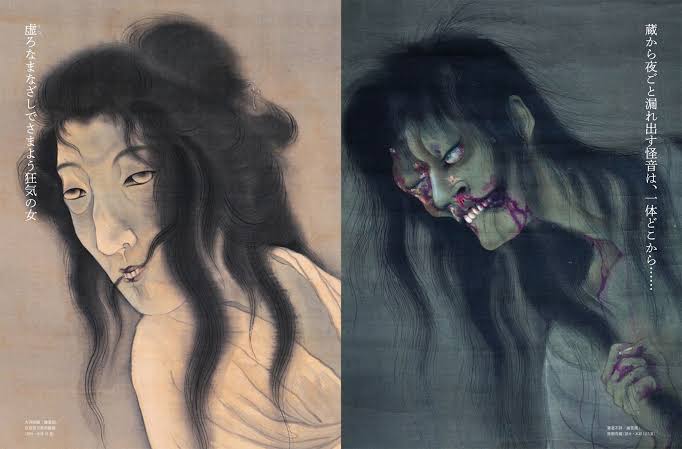

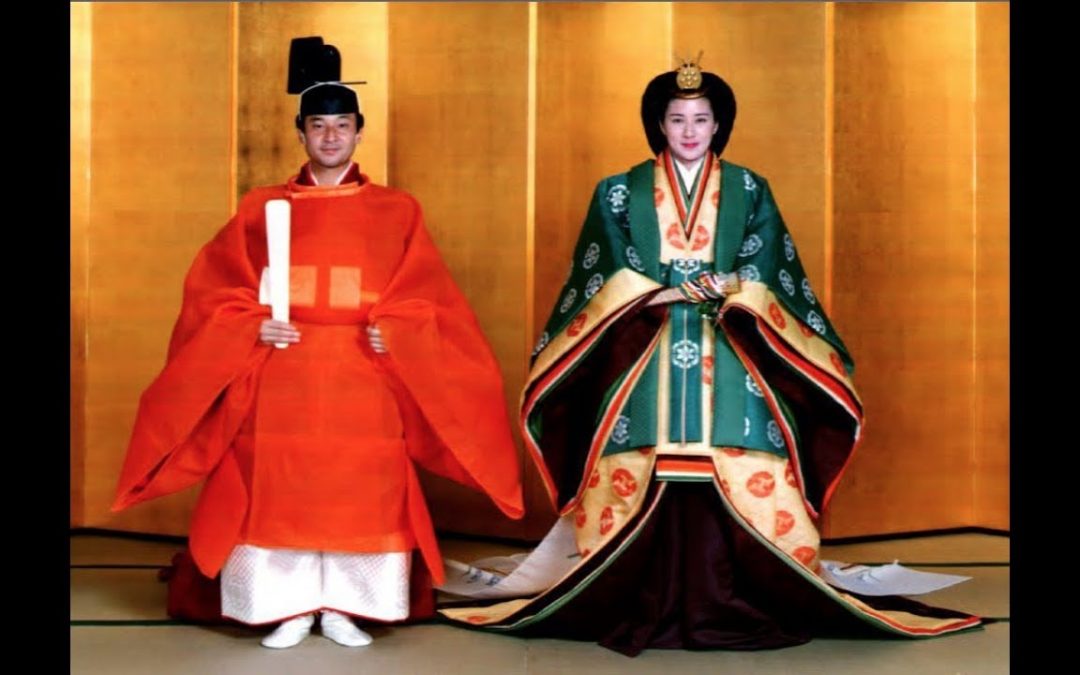




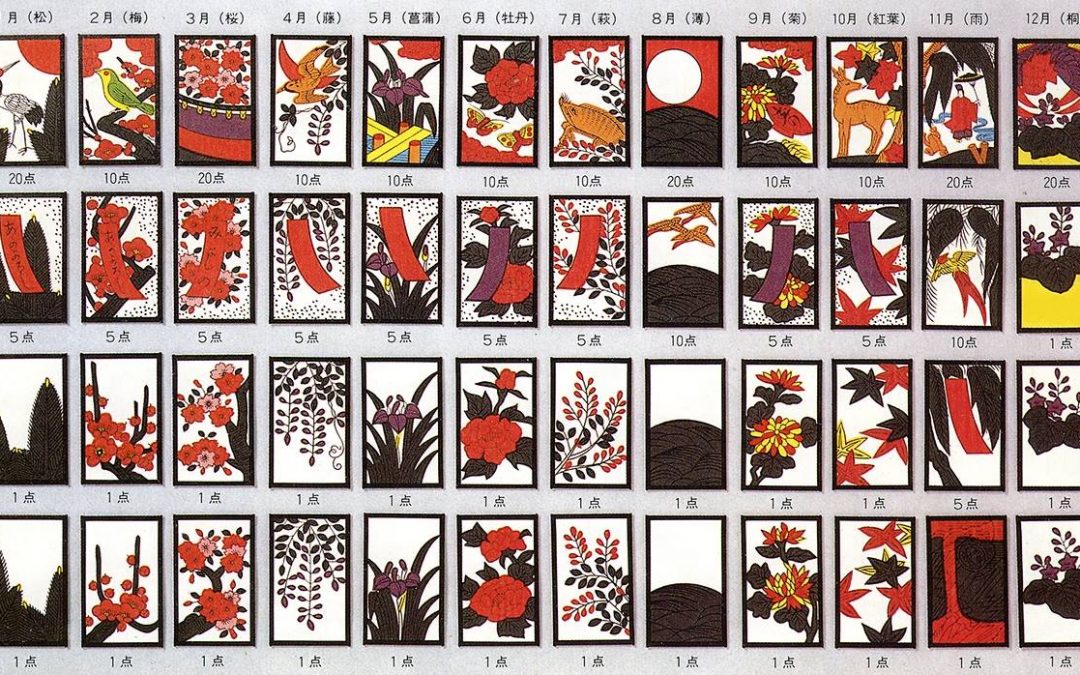

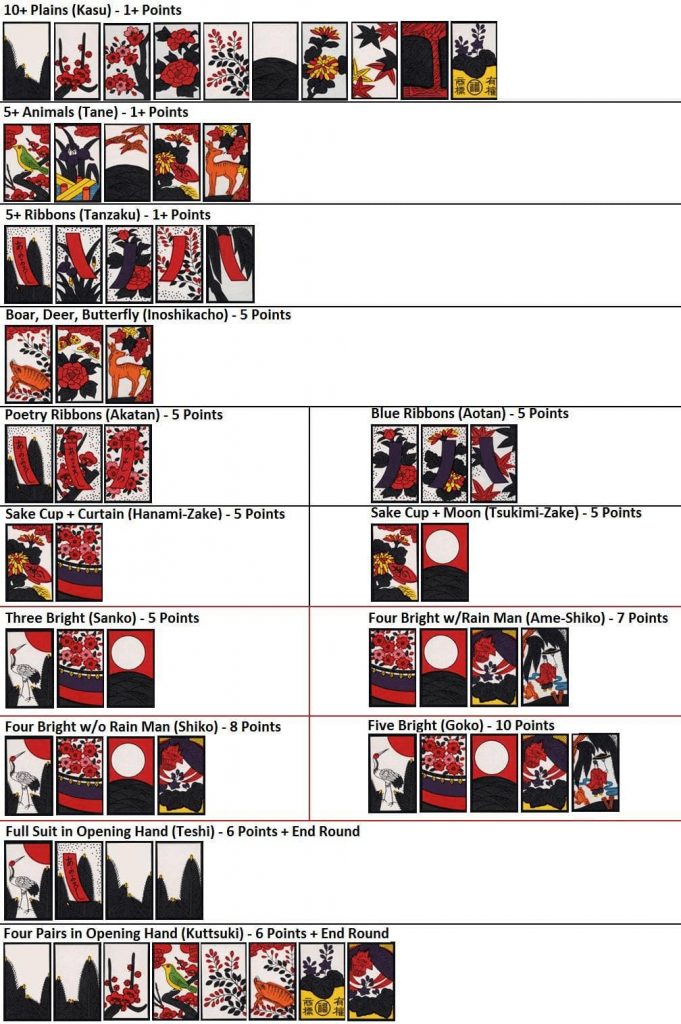



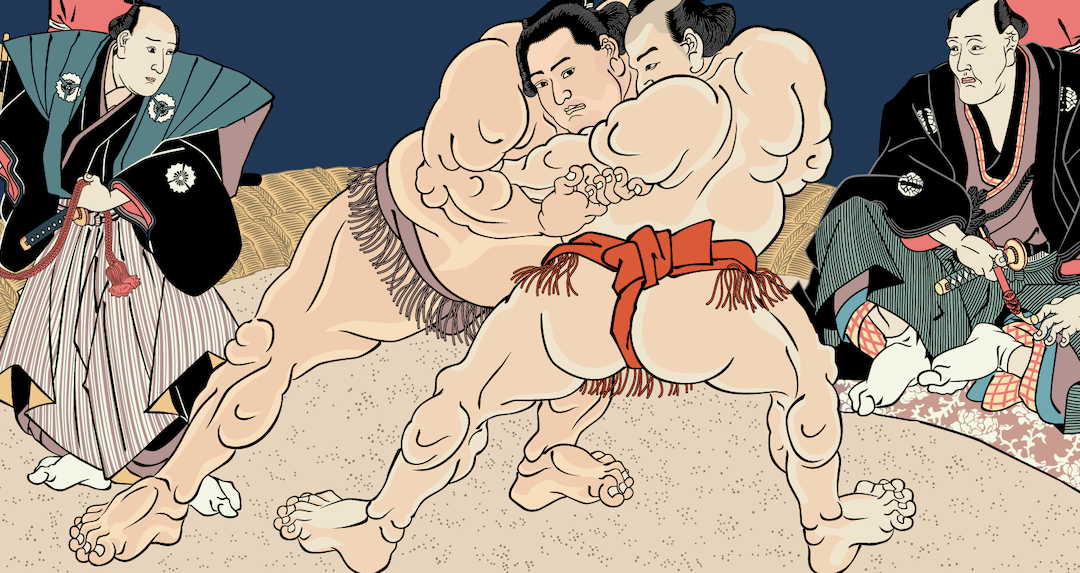




Recent Comments